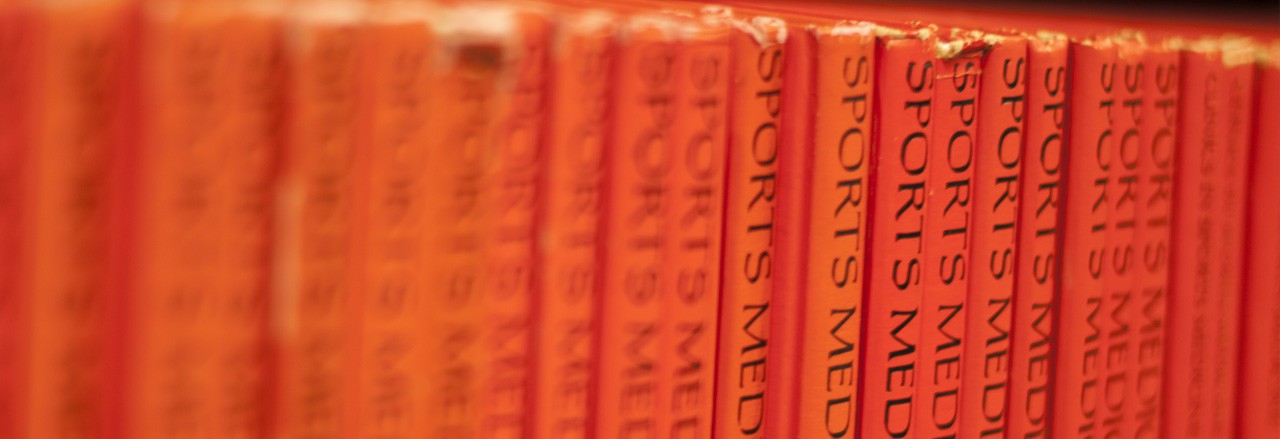The elbow allows you to bend and straighten your arm as well as rotate your forearm. Its function depends on complex interactions among bones, muscles, tendons, and ligaments. Furthermore, all of the nerves that control your hand pass by the elbow. Elbow problems commonly result in pain and lost motion. To better understand how the elbow works, you must understand some basic anatomy.
The elbow is made up of three bones, Arthritis is the name of the conditions when articular cartilage becomes damaged.
There are several important ligaments in the elbow. Ligaments are soft tissue structures that connect bones to bones.
Bones
- The elbow is essentially a hinge joint that also allows for rotation of the forearm
- The elbow is made up of thee bones, the humerus (upper arm bone), the ulna (larger bone in the forearm on the opposite side of the thumb), and the radius (smaller bone of the forearm, on the same side as the thumb).
Cartilage
- The ends of the bone are covered by articular cartilage.
- Cartilage is a slippery substance helps your elbow bones glide smoothly across each other as you bend, straighten, and rotate.
- Cartilage protects the ends of the bone and acts as a shock absorber.
- When injured, cartilage heals poorly and can result in pain, swelling, and progression of a condition known as arthritis
Capsule
- The elbow is encased in a sheath (capsule) that secretes a nutrient-rich fluid (synovial fluid). Synovial fluid is an important lubricant of the joint
- When the lining of the elbow becomes inflamed and irritated it produces extra fluid that results in swelling and pain.
Ligaments
- Ligaments are soft tissue structures that connect bone to bone.
- The ulnar collateral ligament (UCL) also known as the medial collateral ligament of the elbow is on the inside of the elbow and is particularly important for throwing athletes. The surgery to reconstruct this ligament if it is torn is called “Tommy John Surgery” named after the famous baseball player.
- The lateral collateral ligament complex is on the outside of the elbow and also is important for stability.
- The annular ligament wraps around the radial head and holds it tight against the ulna.
Tendons
- Tendons are soft tissue structures that attach muscle to bone. In the elbow there are several important tendons that deserve mention.
- The biceps tendon attaches the large biceps muscle in the front of your upper arm to the radius. The biceps is important for bending (flexing) and rotating the forearm palm up (supination).
- The triceps tendon attaches the large triceps muscle in the back of your upper arm to the olecranon (tip of the ulna). It is important for straightening your elbow.
- The muscles that allow you to bend your wrist back (extend) attach to the outer bony prominence of the elbow (lateral epicondyle). Tennis elbow is irritation and damage to the insertion of these tendons.
- The muscles that allow you to bend your wrist down (flex) attach on the inner bony prominence of the elbow (medial epicondyle). Golfer’s elbow is irritation and damage to the insertion of these tendons.
Nerves
- All of the nerves that control movement and sensation to your hand pass by the elbow and thus are vulnerable to injury. Numbness, tingling, and burning sensation in the forearm and/or hand may be a sign of injury to a nerve.
- The ulnar nerve also called the “funny bone” passes just behind the medial epicondyle. The Median nerve crosses the front of the elbow. The radial nerve passes around the outside of the elbow.


